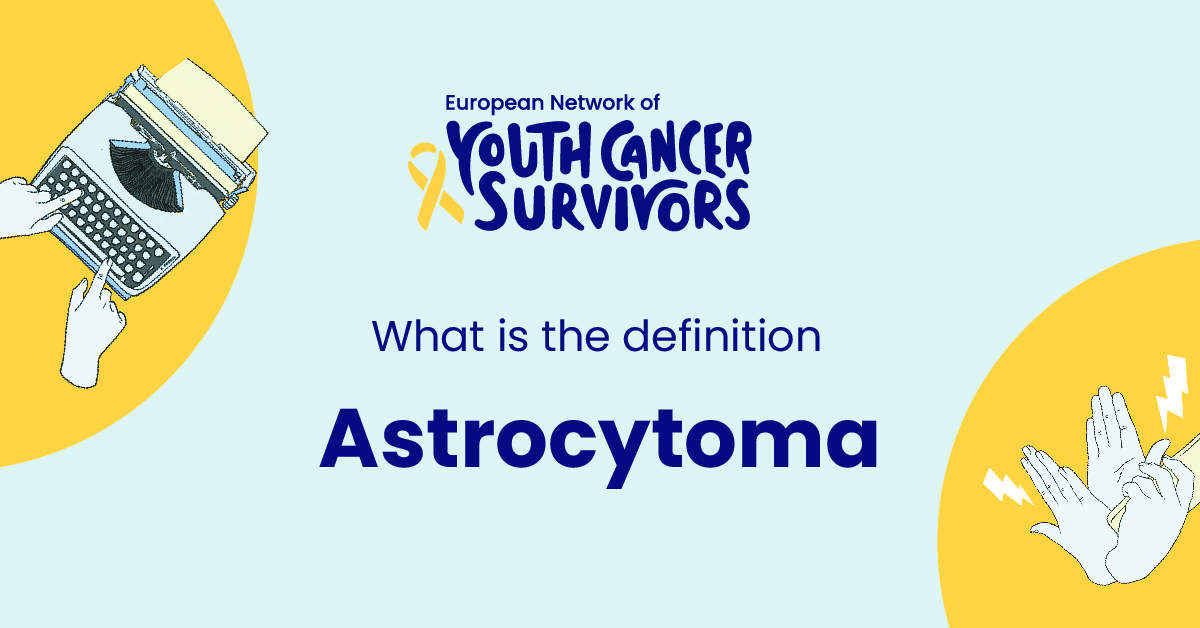
Astrocytoma is a type of malignant brain tumor that originates from star-shaped cells called astrocytes, a type of glial cell that support and protect the nerves in the brain and spinal cord. These tumors can occur in various parts of the brain and spinal cord.
The classification of Astrocytoma is often done by their nature of growth and spread in the brain, determining how threatening they are. The aggression of these tumors helps in choosing effective treatment options and also conveys the prognosis expectations.
Prevalence of Astrocytoma
Astrocytomas account for nearly half of all primary brain tumors, making it one of the most common forms of brain cancer. The American Brain Tumor Association reveals that gliomas, including Astrocytoma, account for around 75% of malignant brain tumors in adults.
In pediatric cases, Astrocytoma also marks significant prevalence as they make up almost half of all brain and central nervous system tumors in children.
The Science Behind Astrocytoma
Definition and Detailed Explanation of Astrocytoma
Astrocytoma is a formidable type of brain cancer, but understanding its science becomes crucial to comprehend its behavior. Astrocytomas are, indeed, types of gliomas derived from astrocytes – star-shaped cells that support nerve cells.
Sometimes translucent and often undetectable in early stages, Astrocytomas grow within the brain, disrupting normal function by invading nearby tissue and causing inflammation and pressure within the skull.
Origin and Development of Astrocytoma Cells
The formation of an astrocytoma is a complex process influenced by several factors, both genetic and environmental. It begins with changes in the DNA of a single astrocyte, causing it to multiply uncontrollably, leading to the formation of a tumor.
The exact causes remain unknown, but genetic mutations and certain environmental factors like exposure to radiation may increase the risk.
Classification of Astrocytoma
Low-Grade Astrocytomas
Low-grade astrocytomas are typically slow-growing, less aggressive, and confined to a particular area in the brain. These are usually classified as grade I or grade II astrocytomas. Treatment for low-grade astrocytomas may involve surgery, but minimally invasive procedures are often feasible.
High-Grade Astrocytomas
High-grade astrocytomas are more aggressive and fast-growing, often infiltrating surrounding brain tissue, making complete surgical removal challenging. These are normally categorized as grade III (anaplastic astrocytoma) or grade IV (glioblastoma).
The treatment of high-grade astrocytomas is often more complicated involving surgery, radiation, and chemotherapy.
Causes and Risk Factors of Astrocytoma
Defining Genetic and Environmental Factors
Several underlying factors can contribute to the development of an astrocytoma, but it’s generally believed that a combination of genetic and environmental factors play a role. While certain inherited syndromes may increase the likelihood of astrocytomas, high-dose radiation exposure is also associated with its occurrence.
Exploring Age and Other Risk Factors
Age is a significant risk factor in the occurrence of Astrocytoma. Children and older adults are more susceptible. Also, individuals with a family history of gliomas are at a higher risk of developing Astrocytoma.
Diagnosis and Imaging Techniques for Astrocytoma
Initial Symptoms and Physical Examination
Diagnosis of an astrocytoma begins with evaluating the patient’s symptoms and a thorough physical examination. Symptoms can vary from headaches, seizures, and issues related to brain function like memory loss and personality changes.
Advanced Technology in Astrocytoma Detection
The real confirmation of the diagnosis comes from advanced imaging techniques like magnetic resonance imaging (MRI) and computerized tomography (CT) scans. These can show the exact location and size of the tumor, helping doctors plan treatment.
Treatment Modalities for Astrocytoma
Surgical and Non-Surgical Approaches
Treatment of Astrocytoma primarily involves surgery to remove as much of the tumor as possible. However, the location and grade of the Astrocytoma often dictate the invasiveness of the surgical approach. Other non-surgical treatments include radiation therapy and chemotherapy.
Efficacy and Risks of Different Treatments
While surgical treatment is often effective in case of low-grade astrocytomas, challenges in removing high-grade astrocytomas require adjuvant radiation and chemotherapy. Despite multiple risks involved like potential side effects, the goal is always to improve the patient’s overall quality of life.
Get to know us better
If you are reading this, you are in the right place – we do not care who you are and what you do, press the button and follow discussions live

Prognosis and Future Perspectives for Astrocytoma
Expectations After Diagnosis of Astrocytoma
Astrocytoma prognosis primarily depends on the grade of the tumor, patient’s age, and general health. Low-grade astrocytomas have a better prognosis, while high-grade ones are challenging, requiring aggressive treatment and have a shorter survival rate.
Advances in Astrocytoma Research and Treatment
Research is ongoing aiming to develop new and improved therapeutic strategies to treat Astrocytoma. Promising advancements in therapies such as targeted treatment, immunotherapy along with novel imaging techniques are progressively changing the landscape of Astrocytoma management.
Conclusion
Recap of Astrocytoma Definition, Causes, Diagnosis, and Treatment
Astrocytoma, a common form of brain cancer, affects both adults and children, with numerous factors contributing to its development. Understanding its biology aids in appropriate classification, specific diagnosis, and effective treatment.
Impact of Astrocytoma on Quality of Life
Astrocytoma has a significant impact on an individual’s quality of life. However, continuous research to provide optimal personalized treatment might hopefully decrease the mortality rate and improve the quality of life of patients.
Frequently Asked Questions
- What is the life expectancy of someone with Astrocytoma?
The life expectancy for a person with astrocytoma depends on several factors such as the grade of the tumor, age of the patient, general health, and response to treatment.
- Can Astrocytoma be cured completely?
Complete cure for astrocytoma can be challenging, especially in higher grades. However, early detection and innovative treatments can significantly increase the odds towards a successful outcome.
- How is Astrocytoma different from other forms of brain cancer?
Astrocytoma differs in its origin, as it arises from astrocytes, which are star-shaped cells that support nerve cells.
- What is the major breakthrough in Astrocytoma research in recent years?
Recent research has identified several genetic markers that can predict astrocytoma progression and response to treatment, promising more personalized treatment strategies.
- Can children also develop Astrocytoma?
Yes, in fact, Astrocytoma is one of the most common types of brain tumors found in children.

















Comments
Thank you. Comment sent for approval.
Something is wrong, try again later